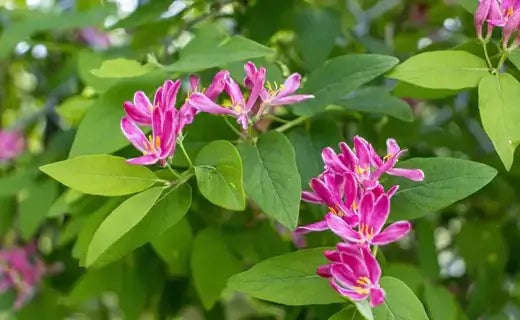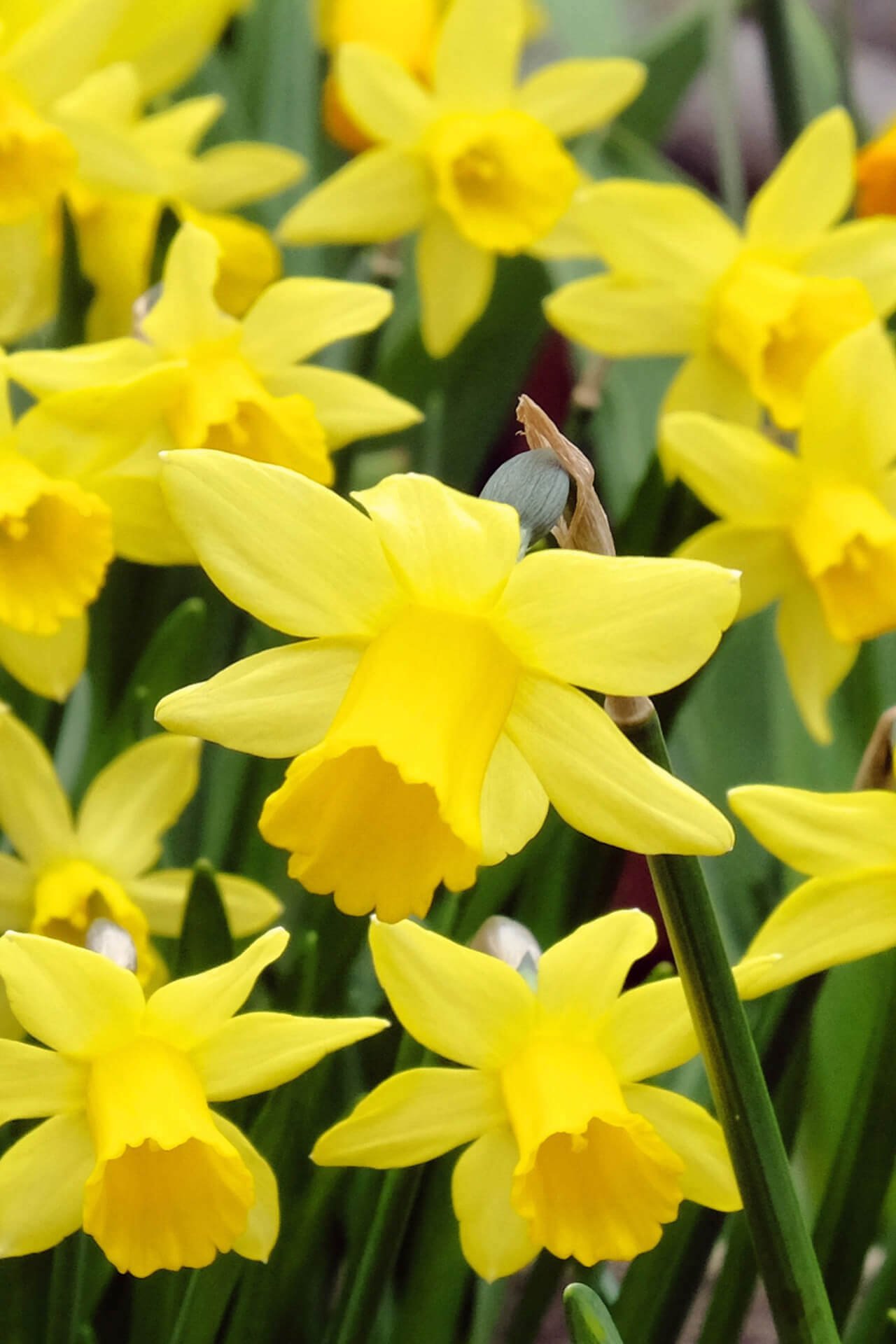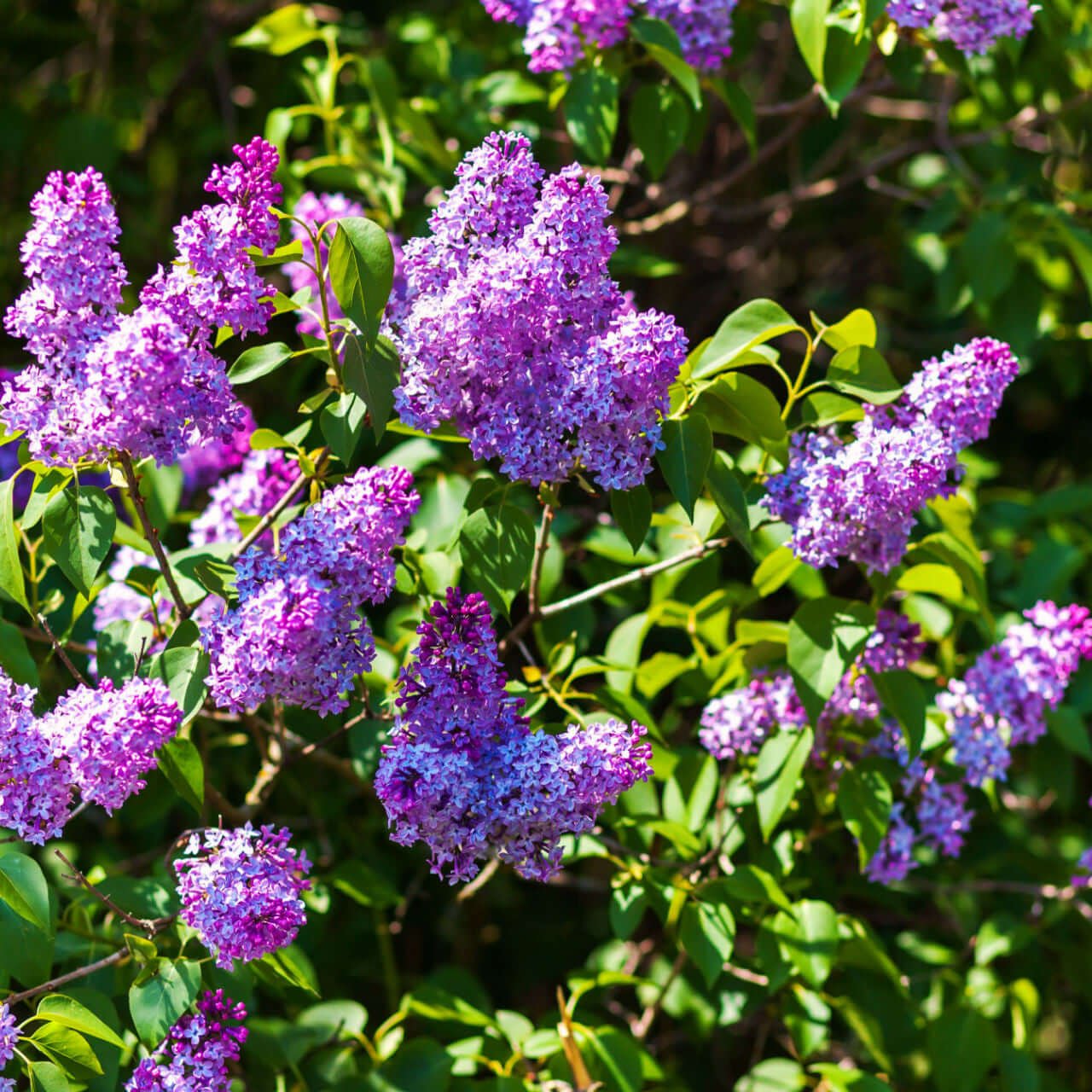Planting Your Garden with Nature's Perfume
The allure of a fragrant garden cannot be overstated. It beckons us with its gentle breezes carrying the sweet scents of blooming flowers and leaves a lasting impression on our senses. Creating a fragrant garden is a treat for the nose and a feast for the eyes. In exploring aromatic plants, we will delve into the world of pink tatarian honeysuckle, lilies, phlox, daffodils, sweet violet, yellow trillium, and the beloved lilac shrub. With their unique aromas and striking beauty, these plants offer a fragrant symphony that can transform any garden into a paradise of scents.
Pink Tatarian Honeysuckle (Lonicera tatarica)
The Pink Tatarian Honeysuckle, a member of the Honeysuckle family, is renowned for its sweet and inviting fragrance. This deciduous shrub produces clusters of pink to pale purple flowers in late spring, releasing a delightful, intoxicating scent that attracts pollinators and garden enthusiasts alike. The fragrance is not overpowering but rather a delicate, subtle sweetness that fills the air, making it an ideal addition to any garden. Pink Tatarian Honeysuckle is easy to grow and care for, thriving in various soil types and tolerating partial shade. Its graceful arching branches and slender leaves add to its aesthetic appeal, making it a fantastic choice for fragrance and visual charm in your garden.
Lilies (Lilium spp.)
Lilies are iconic when it comes to garden fragrances. Their blooms are stunningly beautiful and emit a captivating scent ranging from sweet and subtle to intense and heady, depending on the variety. Oriental lilies, for instance, are renowned for their powerful, exotic fragrances, while Asiatic lilies offer a lighter, more delicate aroma. When planting lilies, consider their different scent profiles to create a harmonious blend of fragrances in your garden. Lilies are versatile and adaptable, growing well in various climates and soil conditions. Their tall, elegant stems and vibrant colors make them a focal point in any garden, elevating the visual and olfactory experience.
Phlox (Phlox spp.)
Phlox, also known as "the perfume of the garden," is a group of flowering plants that exude a sweet scent. These perennial beauties come in various colors, including white, pink, purple, and blue, and their fragrance is reminiscent of fresh summer days. Phlox flowers emit their scent most intensely during the evening, attracting night-flying pollinators like moths. Phlox thrives in well-drained soil and full sun to partial shade. This makes phlox a versatile choice for any garden setting. Whether used as ground cover, borders, or in mixed flower beds, phlox adds a pleasant fragrance and vibrant color to your outdoor space.
Daffodils (Narcissus spp.)
Daffodils, with their bright yellow or white petals and signature trumpet-shaped blooms, herald the arrival of spring with their cheerful fragrance. The scent of daffodils is often described as clean and slightly sweet, evoking a sense of renewal and happiness. Planting daffodils brings a burst of color to your garden and a refreshing aroma that signifies the changing seasons. Daffodils are incredibly easy to grow and naturalize over time, spreading their beauty and fragrance throughout your garden. These springtime favorites are an excellent choice for both novice and experienced gardeners.
Sweet Violet (Viola odorata)
Sweet violet, also known as wood violet or English violet, is a charming perennial ground cover with heart-shaped leaves and delicate purple-blue flowers. Its fragrance is truly enchanting, evoking a sense of nostalgia and tranquility. The scent of sweet violets is both sweet and slightly earthy, making it a unique addition to your fragrant garden. Sweet violets thrive in shaded or partially shaded areas and prefer moist, well-drained soil. They are also known for their culinary uses, as their flowers can be crystallized and used to decorate cakes and desserts, adding a delightful touch of sweetness and fragrance.
Yellow Trillium (Trillium luteum)
Yellow trillium, also known as the yellow wake-robin or sweet Betsy, is a native woodland perennial with a subtle yet pleasing fragrance. Its yellow, three-petaled flowers release a soft, lemony scent that blends seamlessly with the forest's natural aromas. Planting yellow trillium in a shaded area of your garden can recreate the serene ambiance of a woodland retreat. This low-maintenance trillium species prefers moist, well-drained soil and dappled shade. Its unique fragrance and delicate appearance make it a hidden gem among fragrant plants.
Lilac Shrub (Syringa vulgaris)
Discussion of fragrant plants would only be complete with mentioning the lilac shrub. Lilacs are synonymous with spring and are cherished for their unforgettable scent and stunning clusters of blossoms. Their fragrance is often described as sweet, floral, and slightly spicy, making it one of the most beloved scents in the gardening world. Lilacs thrive in full sun with well-drained soil and come in various colors, including classic purple, white, pink, and even lavender. Their graceful, arching branches and lush green foliage make them a focal point in any garden, while their scent transforms the air into a fragrant paradise.
In gardening, fragrance adds an extra layer of enchantment to the beauty of blooming flowers. The plants mentioned here, from the delicate pink Tatarian honeysuckle to the iconic lilac shrub, offer a symphony of scents that can turn your garden into a fragrant oasis. Whether you prefer the subtle sweetness of daffodils or the intense aroma of oriental lilies, there is a fragrant plant for every garden enthusiast. By carefully arranging these plants in your outdoor space, you can create a garden that not only pleases the eyes but delights the senses with the timeless beauty of nature's perfume.
Designing a Fragrant Garden: Patterns for a Beautifully Scented Display
A fragrant garden display requires careful coordination between scent distribution, aesthetic presentation, and functional arrangement. The primary consideration in planning a fragrant garden layout includes ensuring each plant's scent stands out while maintaining a balanced aroma environment. To achieve this goal, gardeners need to consider prevailing wind directions, plant height and spread, and peak aromatic release periods. Gardeners who design patterns based on these elements create a scent symphony that improves the garden's visual appeal and walking experience.
The first important step involves identifying where people gather or walk most often. Fragrant plants should be planted near pathways, entryways, and seating areas because these locations are prime spots to experience the fragrance, achieving maximum impact. Depending on the available space, gardeners can arrange fragrant plants in a layered, curving pattern around focal regions. Using a flowing or meandering planting design results in subtle shifting scent pockets as you move through the space. The design creates visual continuity, which results in the display maintaining an orderly yet relaxed appearance from any viewing perspective.
Another consideration is stratification by height. Positioning taller fragrant plants at the back and arranging medium and low-growing varieties towards the front results in a natural scent progression where fragrances softly float across each other. You establish a fragrant backdrop by designating an area for tall, aromatic focal points. Mid-height plants deliver scent at nose level, and smaller or creeping plants border paths, allowing for quick inhalation when people walk by. The fragrance path unfolds through the space as it leads from its perimeter towards its central area.
Plant combinations should incorporate primary scent notes along with height considerations. Flowers sharing similar undertones, including sweet or musky notes, will enhance each other's scent and create a combined aroma floating across the air. A gap or neutral aromatic zone between plants with different characteristics, such as pungent and sweet, helps prevent their scents from clashing. Plant selections with little fragrance or foliage-only varieties perform effectively as buffers between conflicting smells while ensuring that each aromatic group stands out. A geometric or repeating arrangement of these clusters boosts visual impact by creating rhythmic designs that replicate scent transitions.
Timing plays another pivotal role. Different aromatic plants release their scents at various times of day and across different seasons. The first aromatic plants bloom during early spring, while others blossom in the peak summer heat, and several reach their fragrance peak during dusk. Design your garden by placing plants so that as each collection finishes blooming, another set emerges to start its aromatic showcase. Arrange blooming plants in consecutive clusters throughout your garden to maintain continuous fragrance release from each section. The integration of gentle arcs or recurring patterns when staggering the seasonal scent cycles preserves design unity throughout multiple months despite individual plants going through their flowering stages.
People who appreciate outdoor evening activities find night-blooming species to be particularly appealing garden additions. The scent builds up softly throughout the night by positioning these plants close to outdoor living spaces like porches or patios or within partially enclosed seating areas. The arrangement works best when the structure retains the aroma and provides an immersive sensory experience. Semicircular or spiral patterns around small seating areas can trap and concentrate scents during calm evening hours. Carefully integrating these shapes directs air currents to the seating area, allowing the garden's most fragrant notes to reach nose level at night.
Maintenance can also influence design. Fragrant plants require consistent pruning to encourage more plentiful flowering while preventing them from overtaking their smaller plant companions. Plant maintenance becomes simpler when they are grouped together in tidy sections because these sections can be sculpted into ornamental patterns such as waves, circles, and crescents. Using these shapes visually defines space while enabling more efficient growth management of the plants. Plants maintain their aesthetic appearance and aromatic balance through regular thinning and training practices.
No garden design should overlook the need for diverse textures and colors. While fragrance is the central element, the garden experience benefits from varied leaf shapes and flower colors that attract attention and invite visitors to appreciate their surroundings. Different foliage types establish borders between fragrant sections, which both reveal your design pattern and guide movement through the space. Repeated visual patterns like specific leaf shapes or flower forms across multiple garden sections help unify the space.
Gardeners craft vibrant spaces that stimulate the senses by arranging fragrances into precise patterns that flow in gentle curves or geometric designs. The aroma functions as the primary element, moving through deliberate shapes and textures while being carried by the wind to perform nature's most enthralling musical notes.
Read more
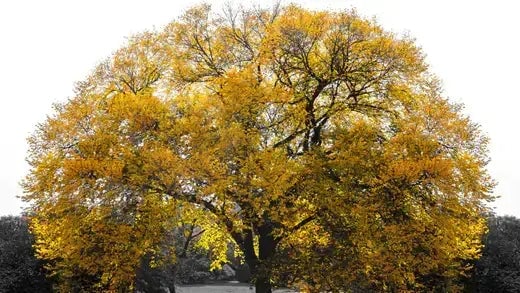
The world is home to countless wonders of nature and artificial marvels, each with its unique story and significance. Among these, the "Extraordinary Golden Tree" stands out as a breathtaking testa...
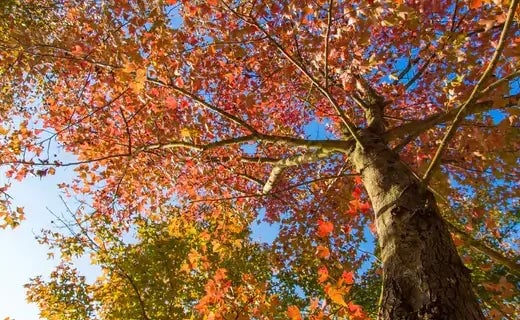
These trees showcase nature's impressive power and resilience while enriching our lives in numerous ways, from providing durable wood for construction to offering breathtaking beauty in fall foliag...


